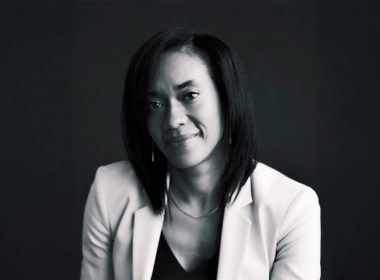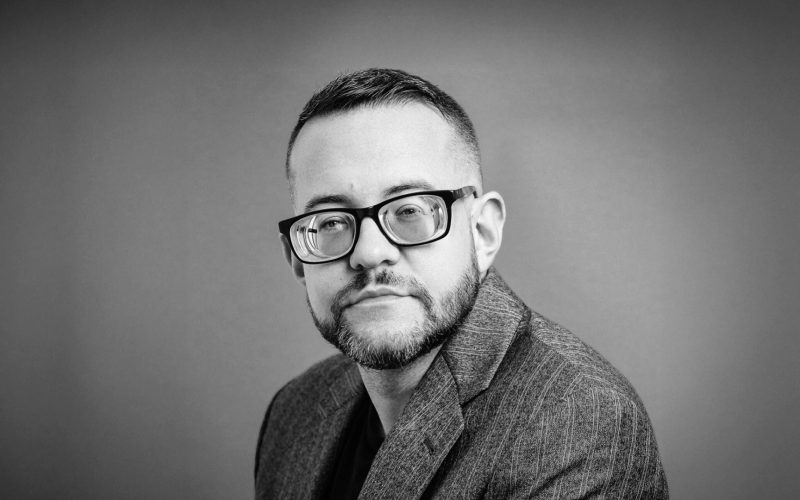Brand differentiation has become a crucial factor for companies competing in crowded markets where consumers face endless choices. Finding ways to stand out requires more than just attractive packaging or clever marketing. Alexander Kwapis, the global head of innovation, R&D, and engineering at Fusion PKG, an Aptar company, brings 15 years of experience working with iconic beauty brands to share practical strategies for meaningful differentiation through strategic design.
Design with Purpose, Not Just Aesthetic
Most companies get stuck on looks. They want something pretty on the shelf, but Alexander takes a different approach. “When you’re thinking about differentiating through your packaging, you can look at function,” he explains. It’s not just about catching eyes, it’s about how the product delivers. The way a cream dispenses or how consistent a spray feels matters. These functional details build the relationship between customer and product. Materials tell your brand story without saying a word. “You could focus on materials that really relate back to your brand,” Alexander notes. The right material choices speak volumes about what a company values.
But the real magic happens when design triggers emotions. “Designing for emotions, not just the look, making sure that maybe a cap has a certain feeling or that pump actuates the way you want it,” he says. These small details add up. Think about how satisfying it feels when a cap clicks just right or a pump delivers the perfect amount of product. “There’s a feeling that kind of emotionally ties people to your brand that will differentiate you from someone else.”
Use Strategic Partnerships to Multiply Your Impact
Going it alone limits what you can create. Alexander believes the right partnerships can transform ordinary products into something special. “That can be you working with consultants, working with design studios, even packaging manufacturing companies,” he suggests. These relationships bring expertise you might not have in-house. They open doors to possibilities that most brands never consider.
The best partnerships create something neither party could build alone. Alexander points to collaborations between packaging companies and formula developers as particularly powerful. “Being able to make custom packages through these strategic partnerships can really help allow you to stand apart from other people because of the uniqueness of the forms that you’re making, not just choosing something off the shelf.” Custom beats stock every time. While many brands settle for slightly modified off-the-shelf packaging, Alexander has seen how custom development creates meaningful difference that customers notice.
Build a Brand Ecosystem, Not Just a Product
Alexander pushes companies to think bigger. One great product rarely builds a lasting brand.”Thinking about how the look and feel of the products align throughout the entire lineup. Maybe it’s a shape, maybe it’s the materials,” he suggests. This consistency creates recognition across products. When customers see a distinctive shape or material, they immediately know it’s your brand. Smart brands look beyond their category for inspiration. “Look at brands outside in other industries and how they have the website connecting to the package, connecting to the photography, the typeface, the fonts,” Alexander says. The lessons from automotive, tech, or fashion often translate surprisingly well.
Breaking down silos creates stronger brands. “They don’t have to necessarily be smart in talking to each other all the time in some sort of tech way, but having the consistency of the language, maybe the fonts that’s on your package and the font that’s on your website being the same,” he explains. These connections might seem small, but they truly add up to something powerful. It is this consistency that builds brand recognition over time. “That will then reemphasize the brand language and uniqueness of the brand and differentiate you from other people that are working in those silos,” Alexander says.
Connect with Alexander Kwapis on LinkedIn to explore how packaging can unlock brand growth.











